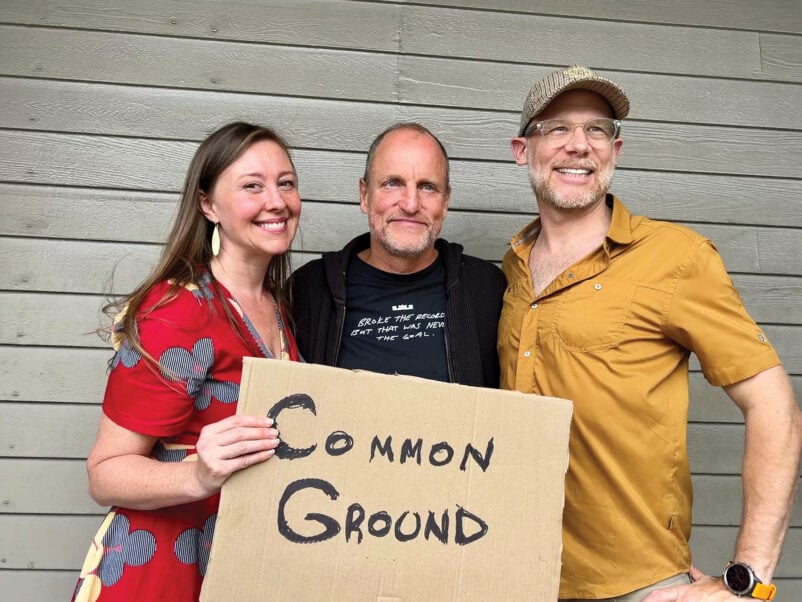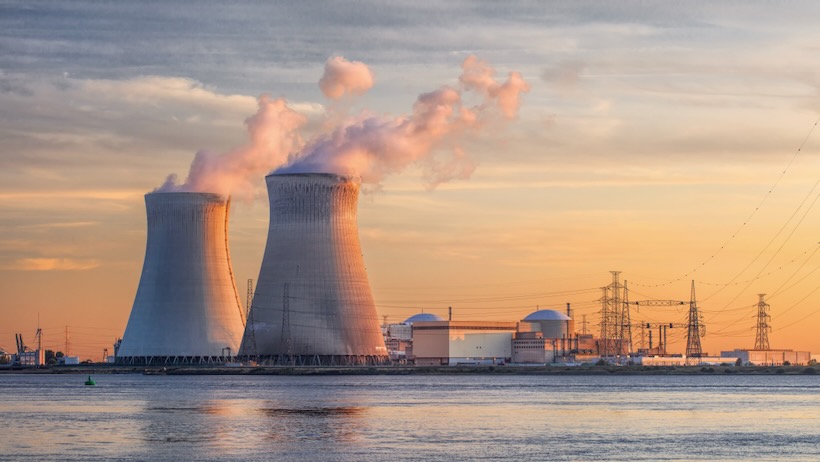Private jets are an ecological lightning rod. Climate campaigners often berate flyers for what they see as unnecessarily polluting the planet, such as the six-minute flights by the Kardashians, Elon Musk, and Taylor Swift that you read about. Climate protestors sometimes block private jet terminals and vandalize the aircraft.
While flying private does emit more carbon per person than riding coach or even first class, the overall scale of the pollution is relatively small. Aviation is responsible for 2% of global carbon emissions, according to the International Civil Aviation Organization, and private jets account for 2% of that 2%.

What’s more: The business aviation sector has been at the leading edge of efforts to decrease carbon emissions. And it offers various programs for flyers looking to reduce their environmental impacts.
Sustainable Aviation Innovations
Private aviation manufacturers pioneered innovations such as lighter composite materials and fuel-reducing winglets that have been adopted by the airline industry.
Embraer, which has manufactured the best-selling light jet for the past decade, its Phenom 300, is developing the Energia family of concept aircraft using renewable energy propulsion technology. Under development are hydrogen fuel cells, hybrid-electric airplanes, and dual-fuel engines that could, for instance, run on traditional jet fuel or hydrogen.
Bombardier, which makes the Global 7500, a private jet that can fly nonstop from Hong Kong to New York, manufactures both its long-range business jets and the super-midsize Challenger 3500 with an environmental product declaration. The verified EPD measures the impact from design to production and over the plane’s lifetime. That includes supply chains, down to the wood veneers that adorn the cabin finishings.
In December, Textron Aviation launched SustainableAdvantage with industry sustainability solutions provider 4Air to help aircraft owners reduce carbon emissions. It already uses renewable, zero-emission wind energy for manufacturing at its Kansas production facilities.
Carbon Offsets for Flights
Large and small private jet flight providers have been offering carbon offsets for over a decade—allowing flyers to invest in carbon-reduction projects to make up for the emissions from their flights. Stratos Jet Charters, an Orlando-based charter broker, first offered a carbon-offset option for clients when it launched in 2007.

According to buyer’s guide Private Jet Card Comparisons (of which I’m founder and editor-in-chief), more than three dozen fractional and jet card providers currently offer carbon offsets for clients.
Sentient Jet, which invented the jet card in 1999, includes in its price 300% offsets to account for warming emissions. Since 2021, it has offset 1,339,235 metric tons of CO2.
The offset efforts range from forestry projects in Massachusetts and Tennessee to installing efficient cookstoves in Malawi and funding renewable energy projects in India and Turkey.
Sustainable Aviation Fuel
Not all offset programs are as effective as claimed, and they aren’t enough on their own to reduce emissions. The private aircraft industry is undertaking deeper emission-cutting efforts.
VistaJet says it is on its way to being carbon neutral by 2025—25 years ahead of the industry’s goal. Its efforts include carbon offsets but also more efficient flight planning, eliminating onboard plastics, and cleaning up the vast supply chains it takes to operate one of the world’s largest private jet fleets.
Along with all the other providers, VistaJet is also promoting sustainable aviation fuel, or SAF, which can be made from municipal waste, used cooking oil, biomass or other sources in place of petroleum. SAF has the potential to reduce carbon emissions by up to 80%.
NetJets, the world’s largest private flight provider, has invested in a facility in the Philippines that will turn trash into SAF. Like most providers, it has focused beyond flying to ensure its corporate offices are carbon neutral.
SAF is still just a tiny fraction of the jet fuel market, accounting for less than 1%, and it can cost 3-5 times as much as traditional fuel. (Although no planes run on 100% SAF, but rather a blend with standard fuel.) But many private aviation companies are offering it as an option, helping to build demand and foster the industry.
Another challenge is that the places where SAF is available still need to be expanded. To counter that problem, Victor, a U.K.-based broker, now allows clients to choose SAF for each of their charter flights using a process called book and claim. That means even if SAF isn’t available for their flight, the sustainable fuel they purchased is used by another aircraft at a different location, thus reducing output. Jet Aviation, a unit of General Dynamics and a leading private jet management company and charter operator, does the same for its customers.
And those six-minute celebrity flights that create such a stir are what’s called “empty-leg repositioning.” After an airplane drops off its owner, it must then fly empty to an airport with available parking spots. There’s a shortage of spots, in part, due to protests against expanding airports.












